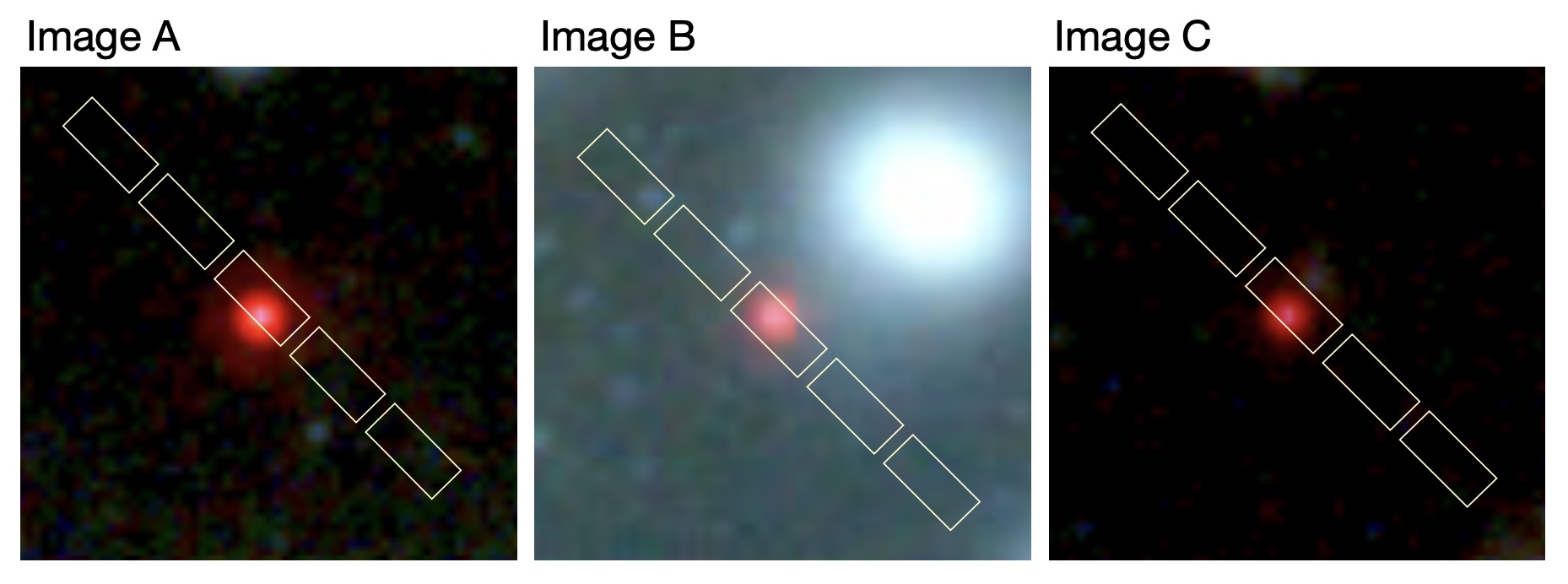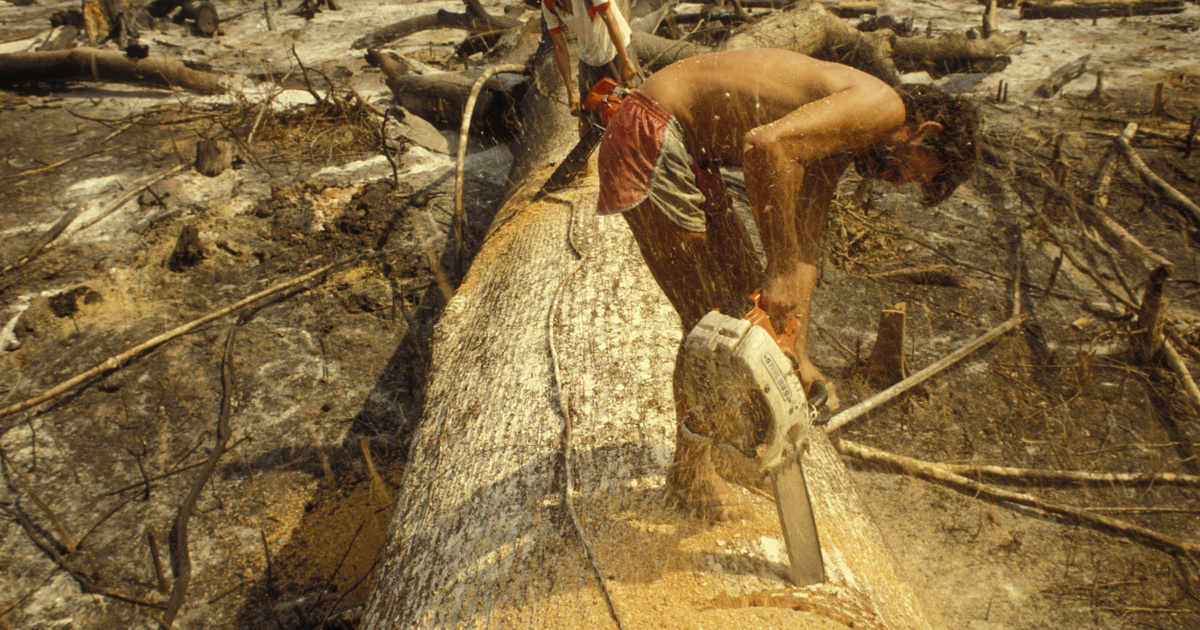NASA’s Earth Science Division (ESD) mission relies on satellites, International Space Station measurements, aircraft observations, shipboard measurements and ground-based measurements to infer atmospheric movements and composition, changes in land cover, land use and vegetation patterns, ocean currents, and temperatures. Water and seas, the diversity of their animals, and the ice cover on land and sea.
These datasets cover all regions of the Earth, are freely and openly accessible to anyone, and by tracking them, we can also find out the extent of forest depletion, for example the Amazon rainforest, which is often called the “lungs of the Earth.” . It is true that many scientists do this He denies itBecause according to them, the same amount of oxygen is emitted by the rainforest, the plants consume the same amount while breathing.
The one who sees everything: NASA
Many of NASA’s Earth observation satellites collect atmospheric information and measurements, creating a comprehensive picture of the ever-changing Earth, said Dr. Katherine Calvin, NASA’s chief scientist and climate advisor. Satellites, for example, have measuring instruments that can record the thickness and subsidence of ice sheets and the rate of sea level rise.
With the help of data, we can understand environmental changes and the processes that drive them – these factors can be key in preparing for potential disasters or in planning local infrastructure.
From 2009 to 2013, NASA worked on a project to create the world’s first high-resolution map of global forest cover and change using new combinations of satellite, artificial intelligence, and cloud imagery.
But not only NASA Investigate the state of our planet by combining their observations with European satellite data with the help of artificial intelligence from a Maryland company called terraPulse Creates maps. The goal is to be able to make data-driven environmental decisions by tracking surface changes. The maps created with the support of artificial intelligence show the changes that have occurred on the Earth’s surface over 40 years, which is important because it points the way to global sustainability by cataloging natural resources and tracking their changes.
Who is this good for?
For example forestThe algorithms could help heating companies and biomass energy companies, which need to know the quality of soil dating back to previous years. Artificial intelligence-based satellite images also model fire-prone areas and fire destruction, which is very important for disaster management or investors and insurance companies due to planning.
We can also approach the company as a private person from the point of view of risk assessment, for example whether we will buy land in a certain area. The decision will be helped by artificial intelligence, which can provide us with a regional map showing past changes (history of floods, for example) and current conditions.
terraView is the new terraPulse serviceA,online platform for tree species Elimination of Forests, and monitors changes in biomass and wildlife habitat. It detects and tracks changes in forests around the world, with the highest resolution available in the world. In this way, it becomes easier to estimate the value of forest areas, plan ahead for planting, and assess how much carbon dioxide a geographic area can absorb – this determines its credit value.
Cover image: Degradation of Amazon rainforests. (Photo: Collart Hervé/Sigma via Getty Images)

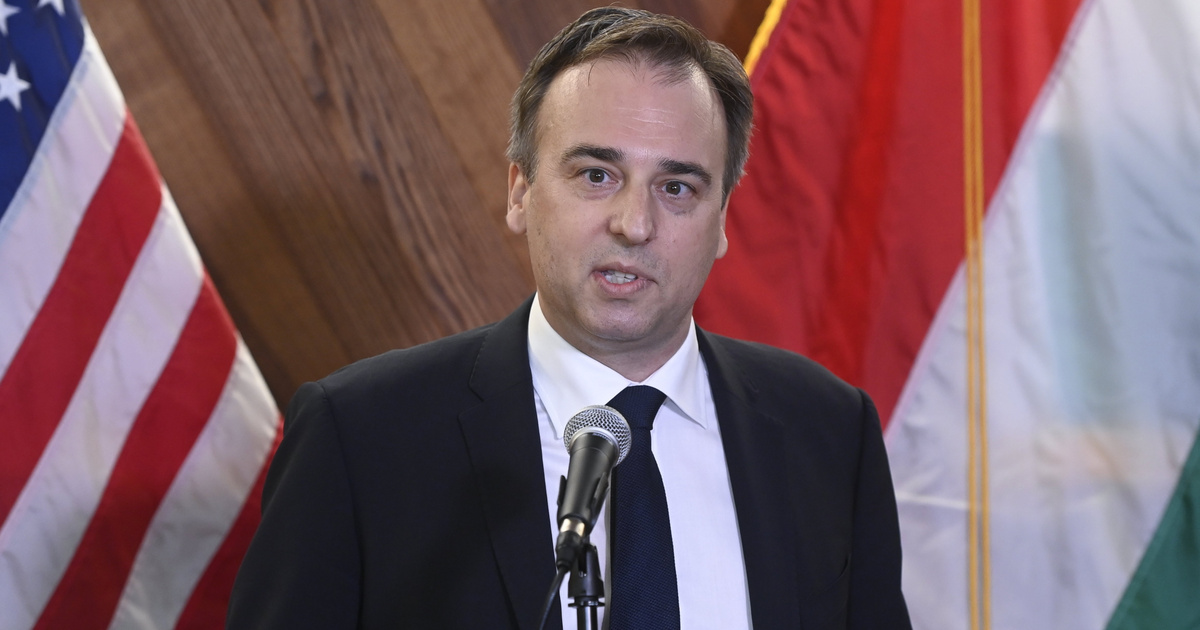
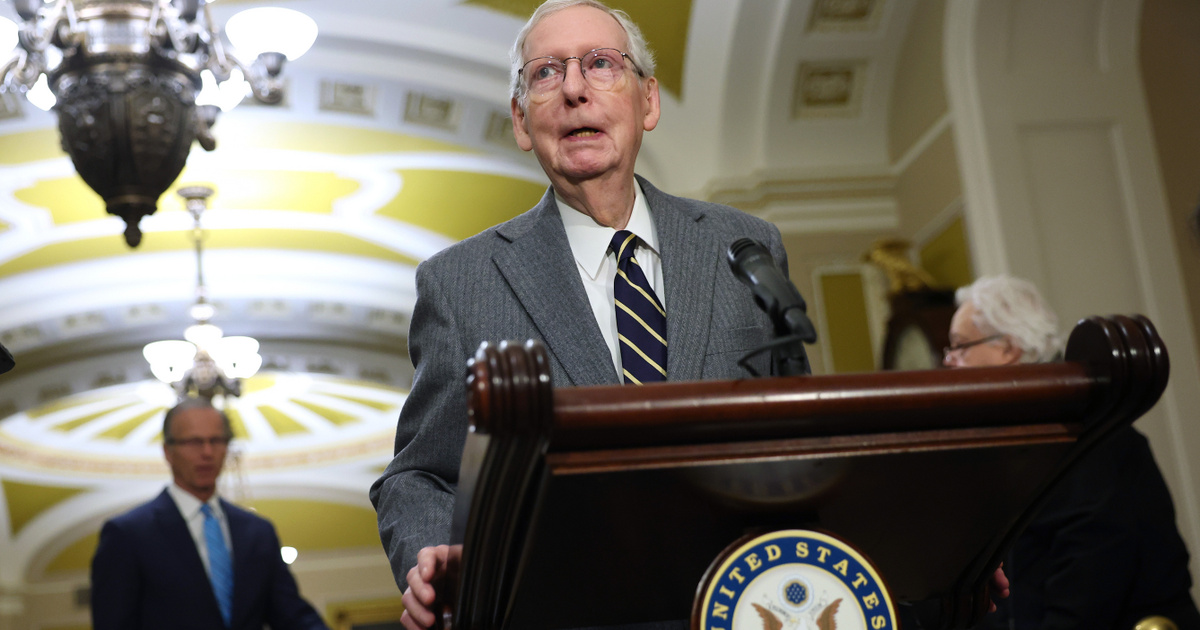

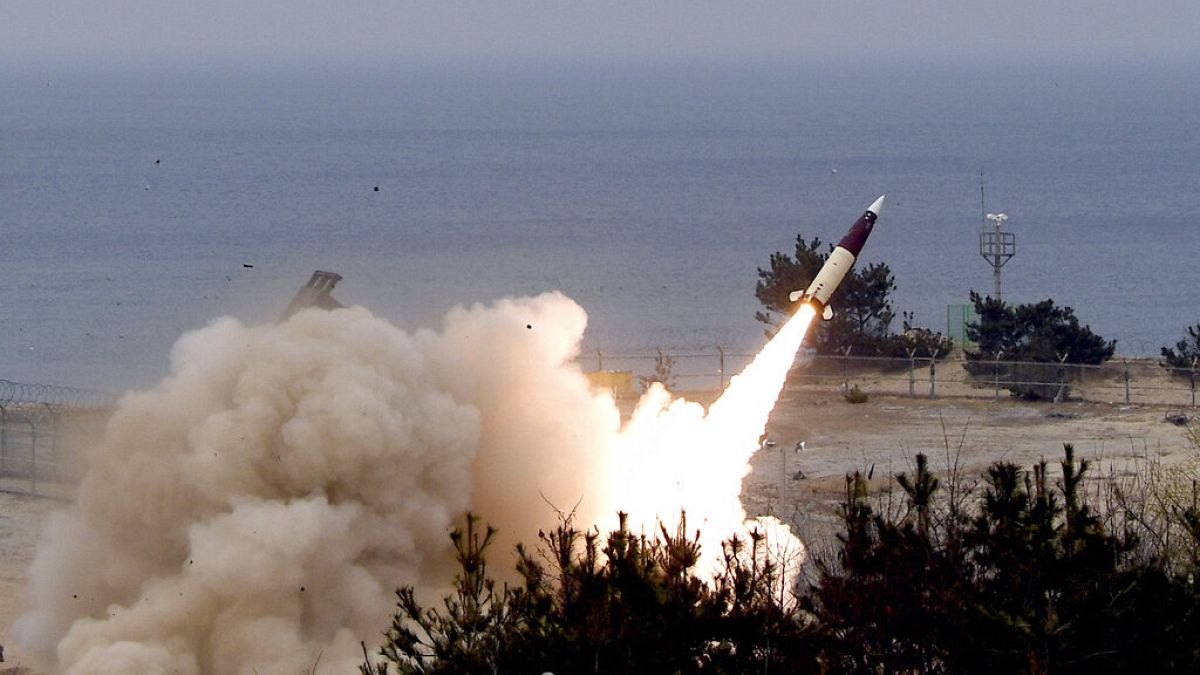

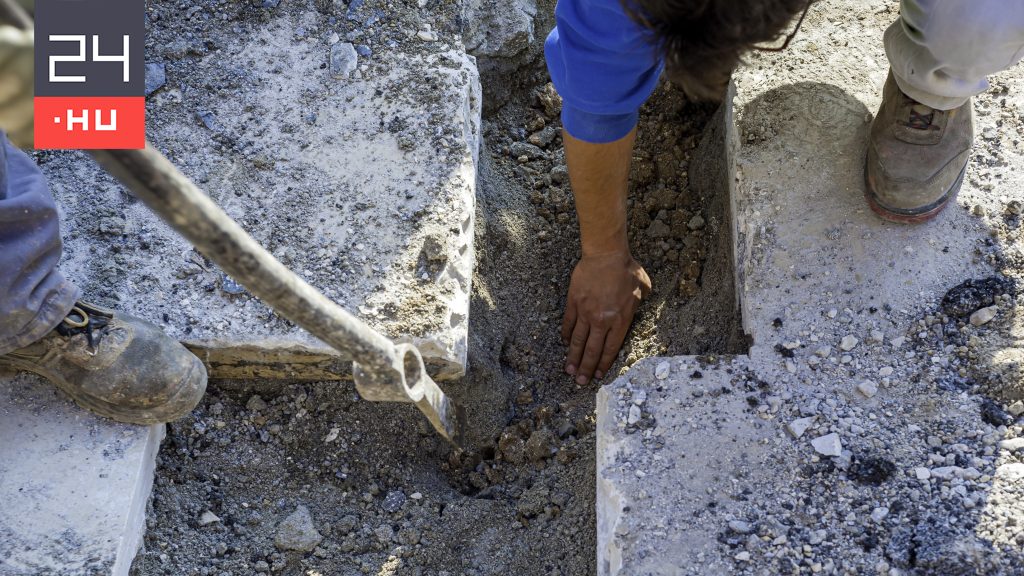


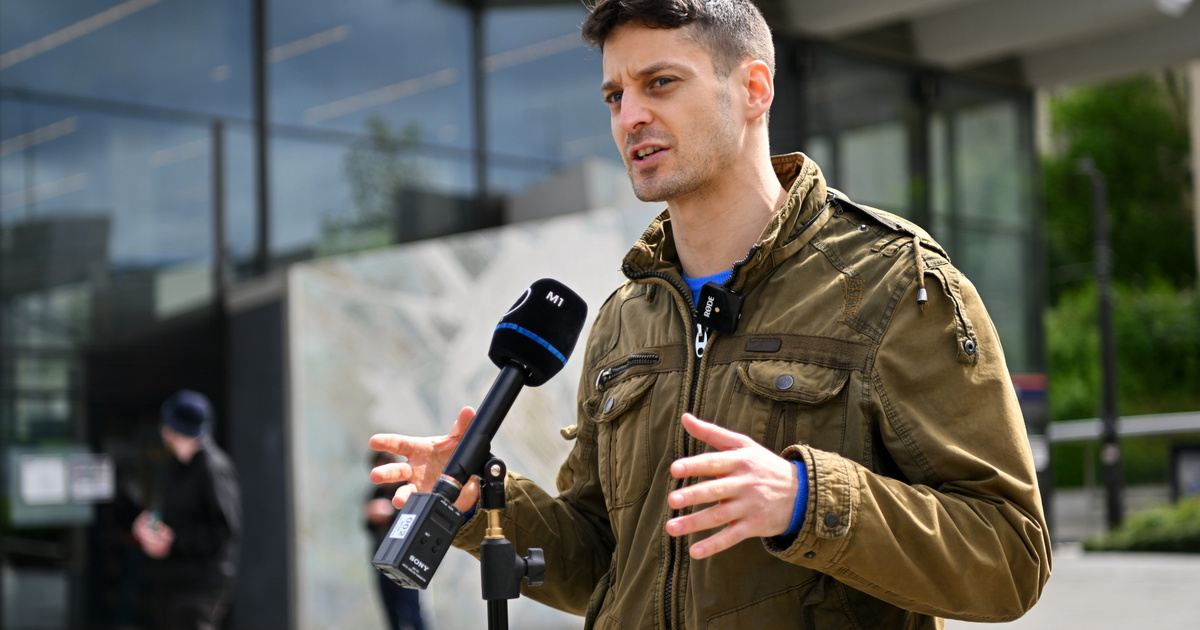




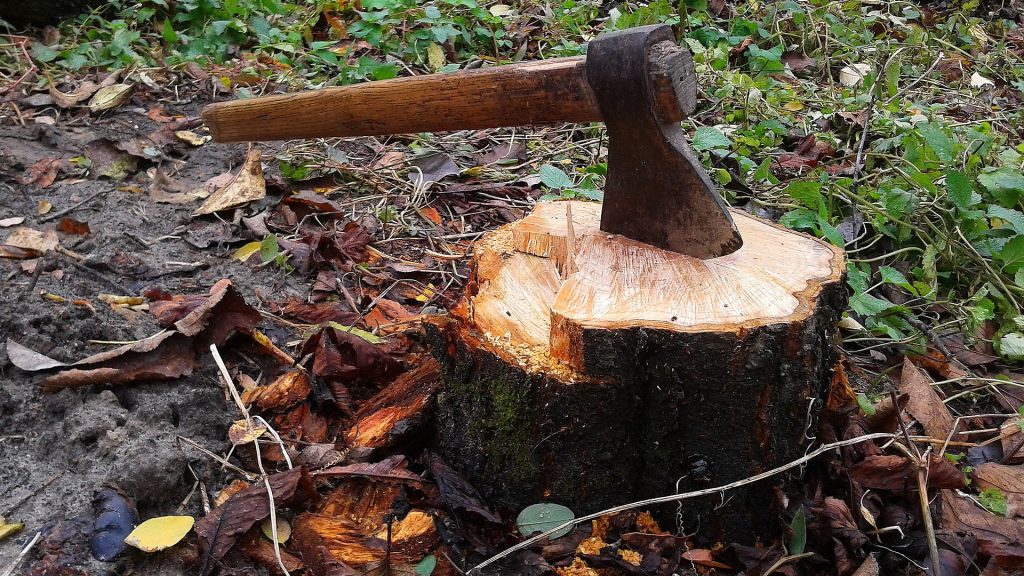



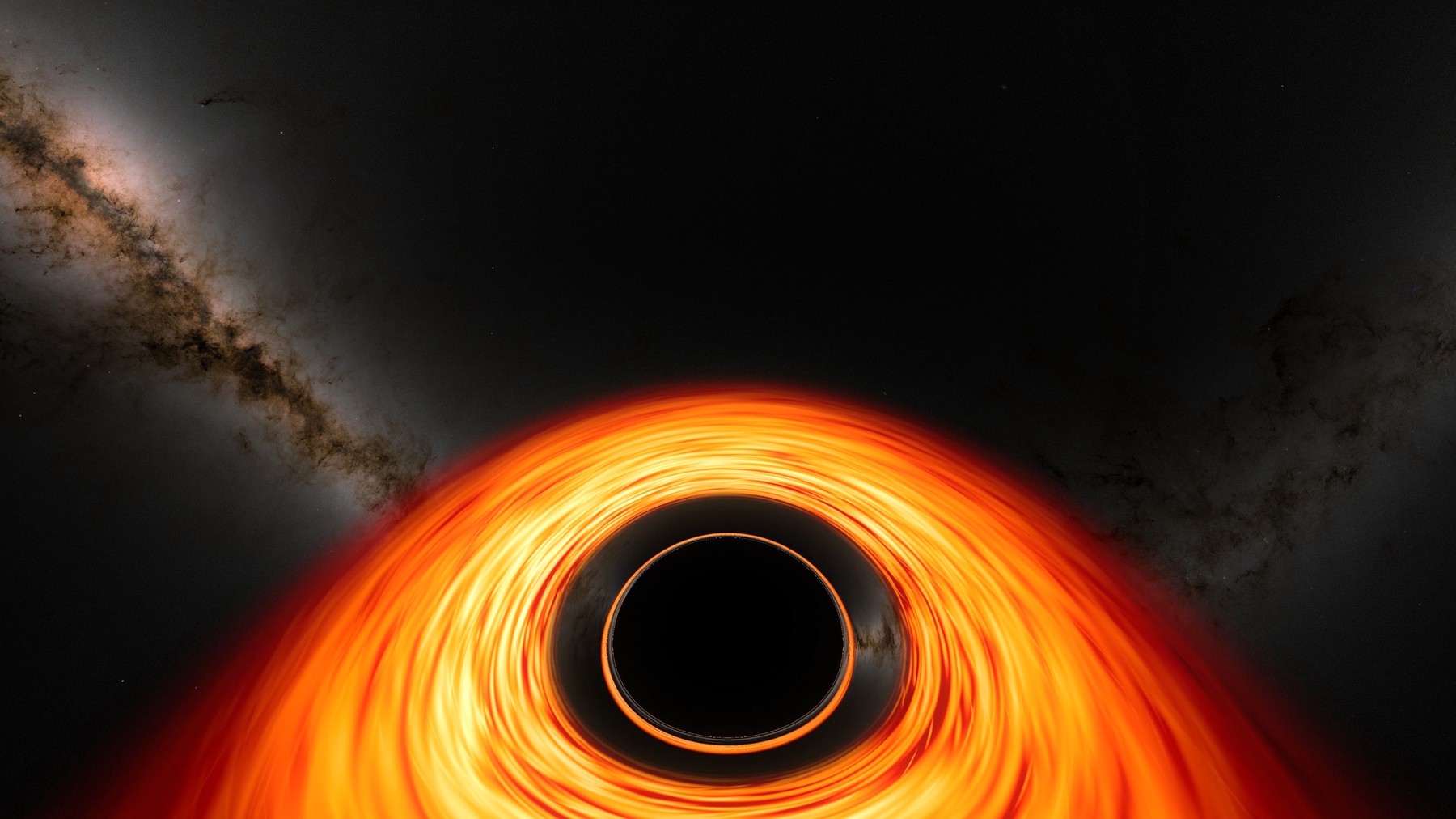

![Tom Clancy's The Division Heartland: Gameplay Leaked! [VIDEO]](https://thegeek.hu/wp-content/uploads/sites/2/2023/04/thegeek-Tom-Clancys-The-Division-Heartland-1.jpg)

